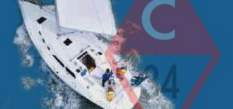Kevin,
Do you have pics of the mod? I'd be interested in the placement of the new leg and where it lands. I've done modifications to railings before but mostly additions, not removal.
Do you have pics of the mod? I'd be interested in the placement of the new leg and where it lands. I've done modifications to railings before but mostly additions, not removal.
